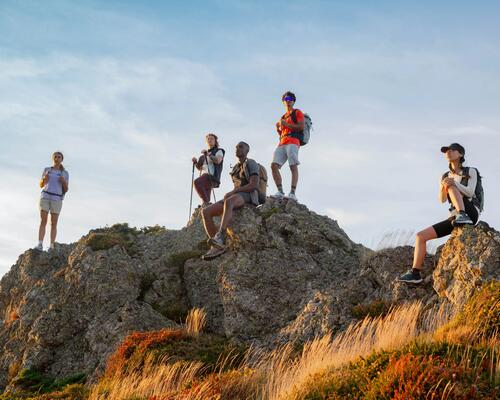Air transport has the greatest impact in terms of greenhouse gas emissions. In 2023, DECATHLON strengthened its collaboration with all sectors of its value chain in order to reduce the share of air transport in its transport choices. This means more closely monitoring transport requests, made possible by incorporating emission reduction objectives into the job descriptions of certain key positions. Thanks to this work, DECATHLON was able to stay within its annual CO2 air budget for 2023, with the volume of DECATHLON products transported by air falling from 0.4% in 2022 to 0.03% in 2023.
So what are the alternatives?
Transferring from air flows to rail flows. An option already made possible with railway lines connecting France to Germany, Russia and China, for example.






